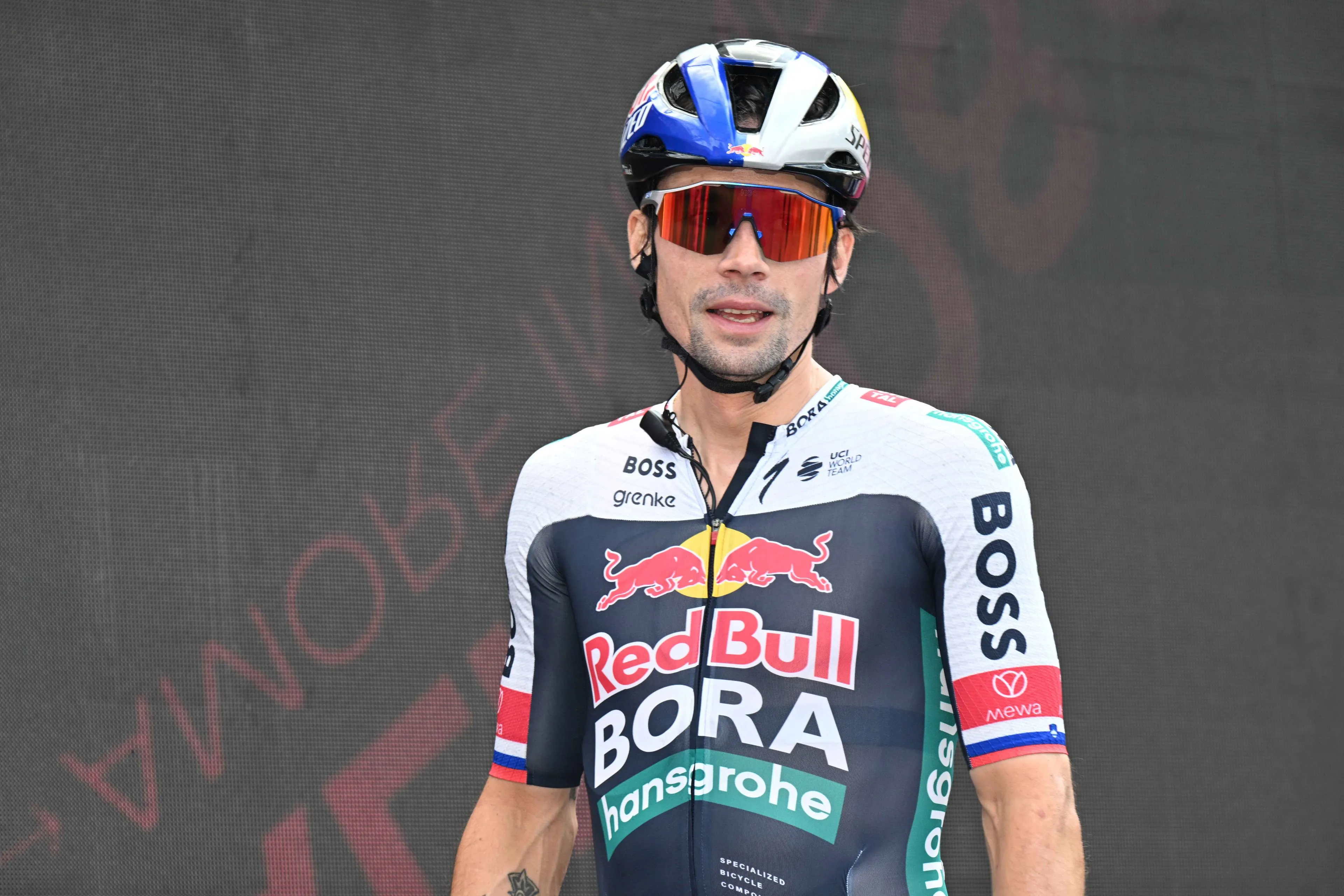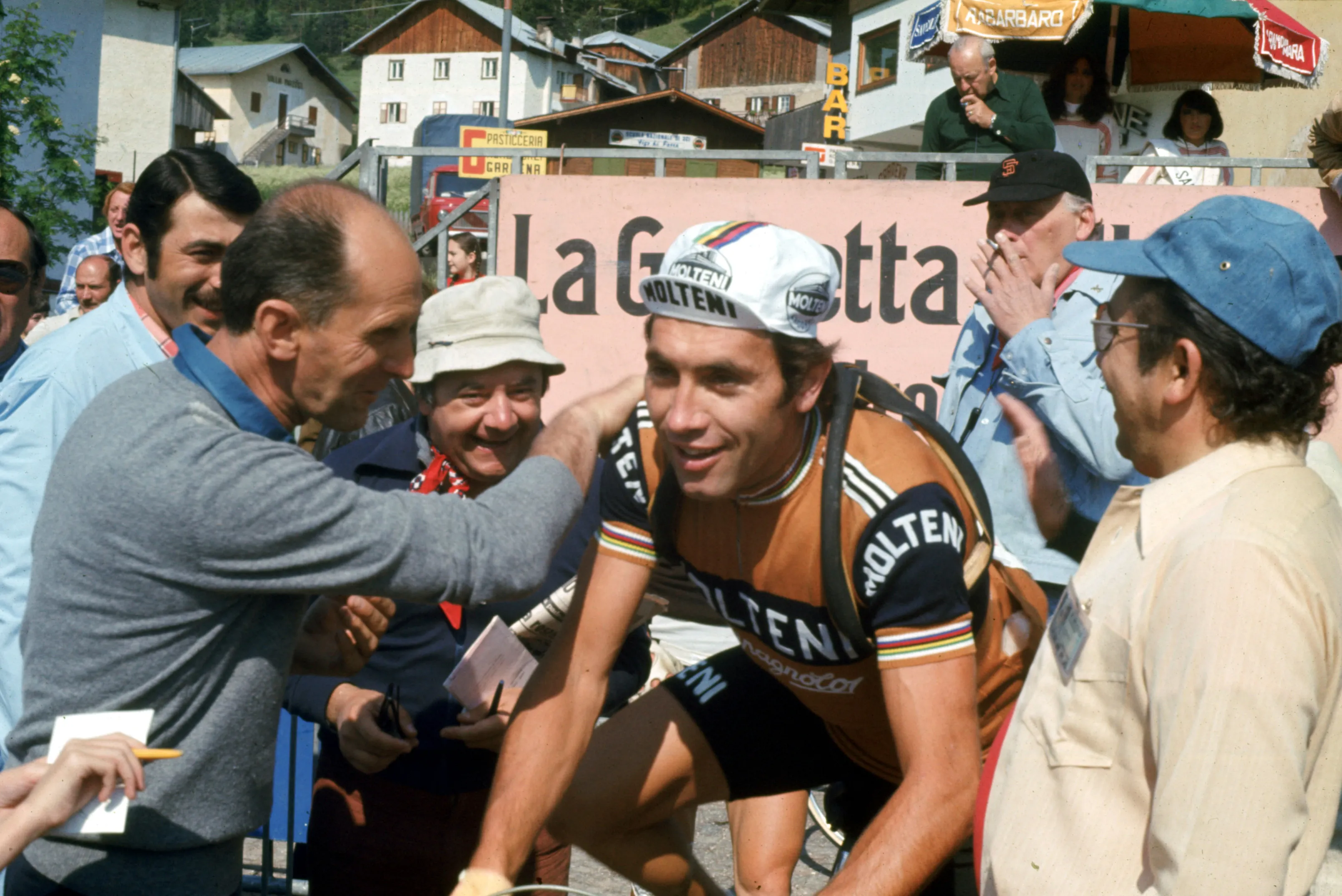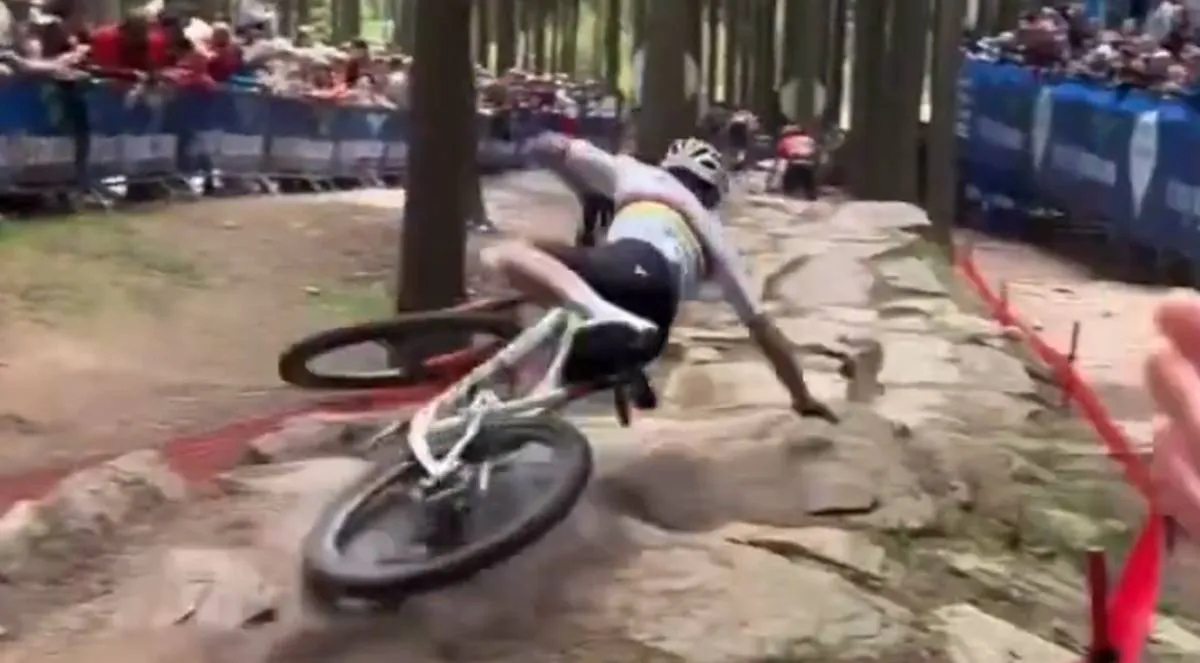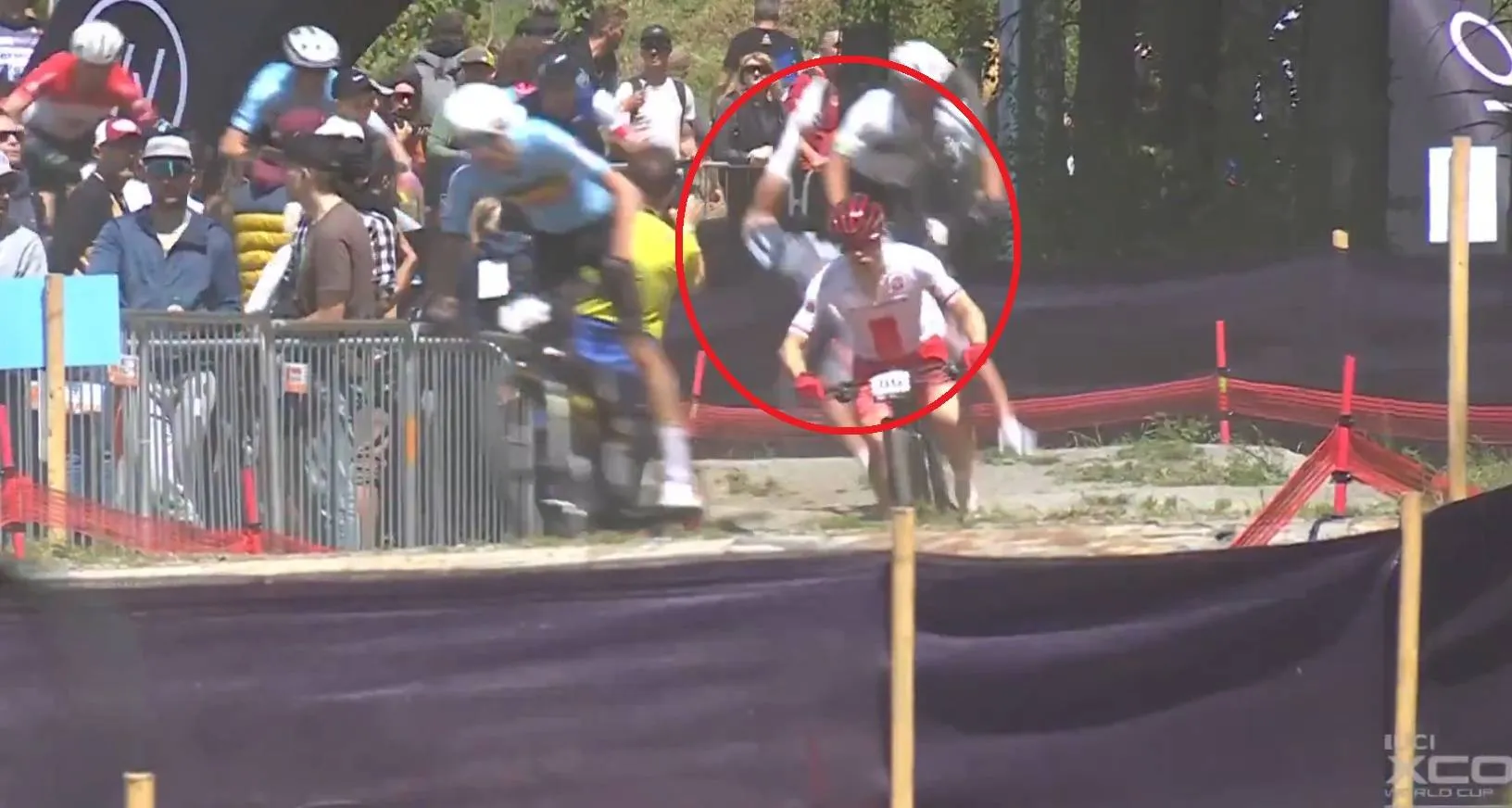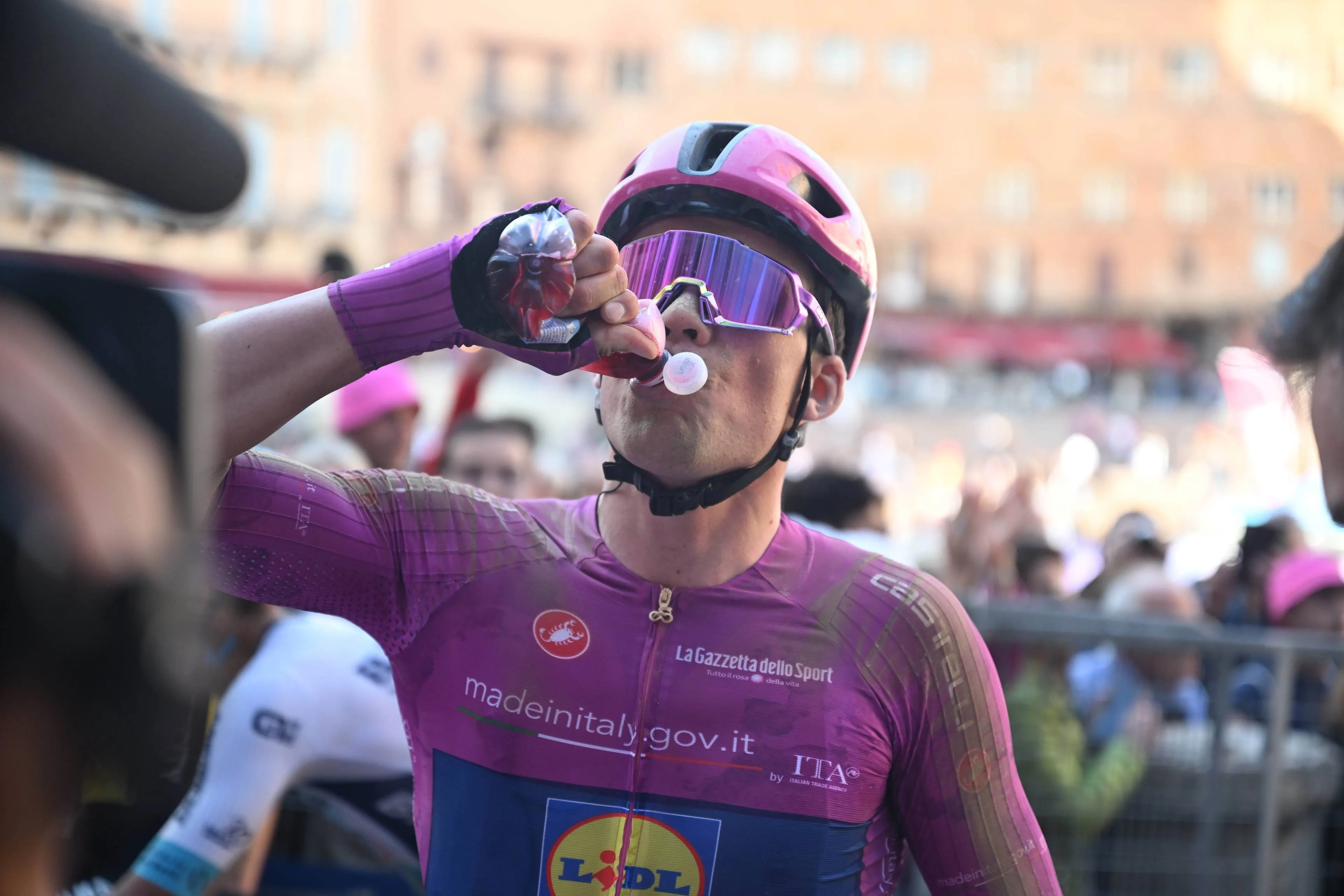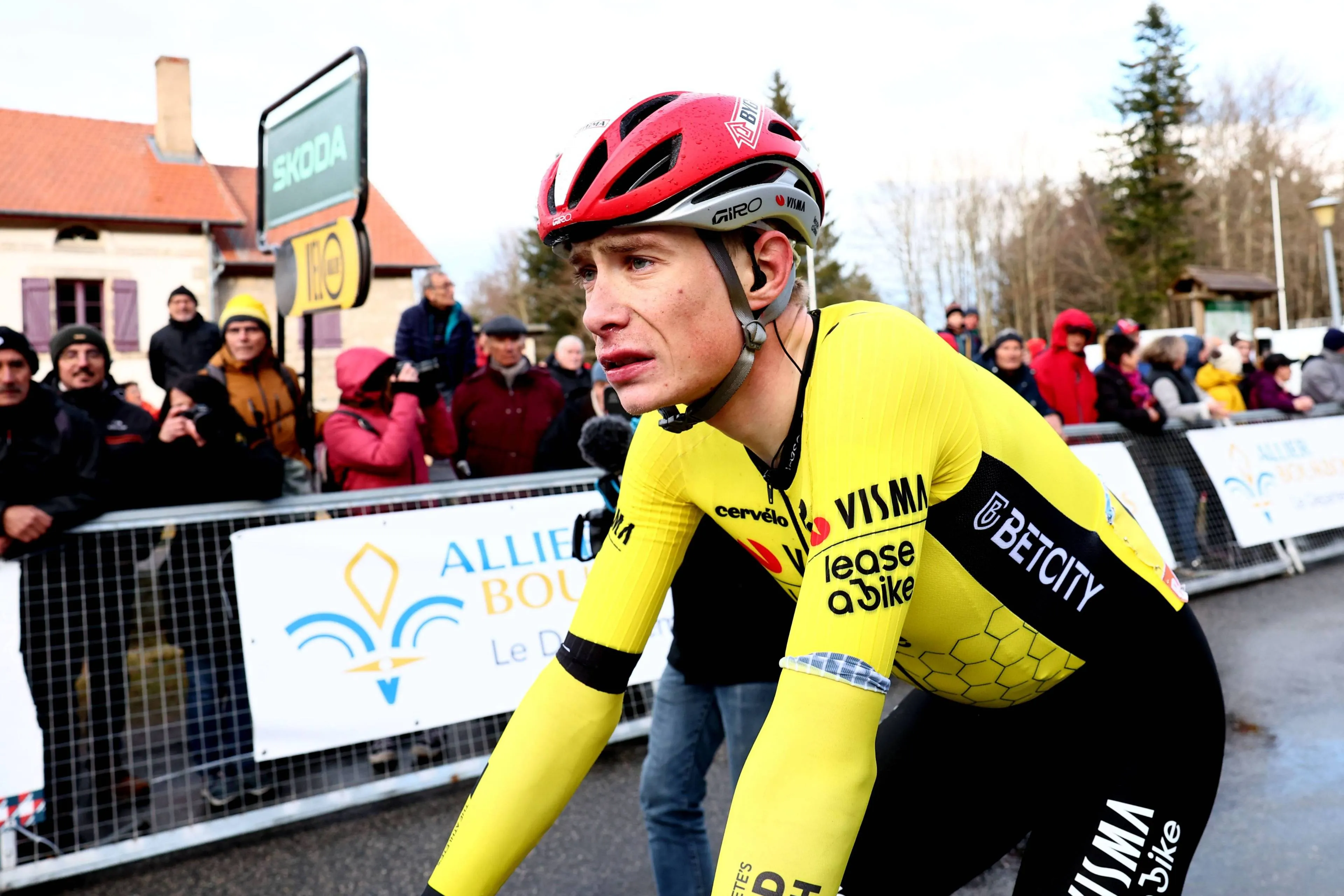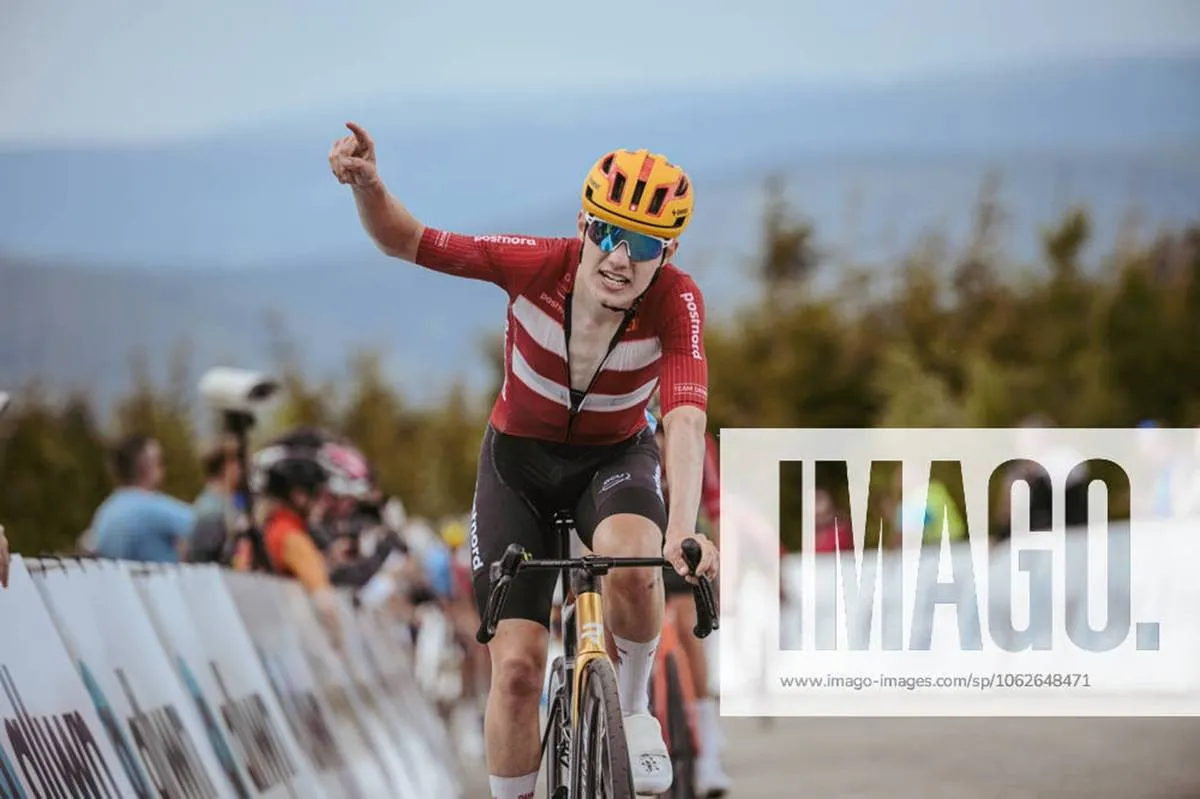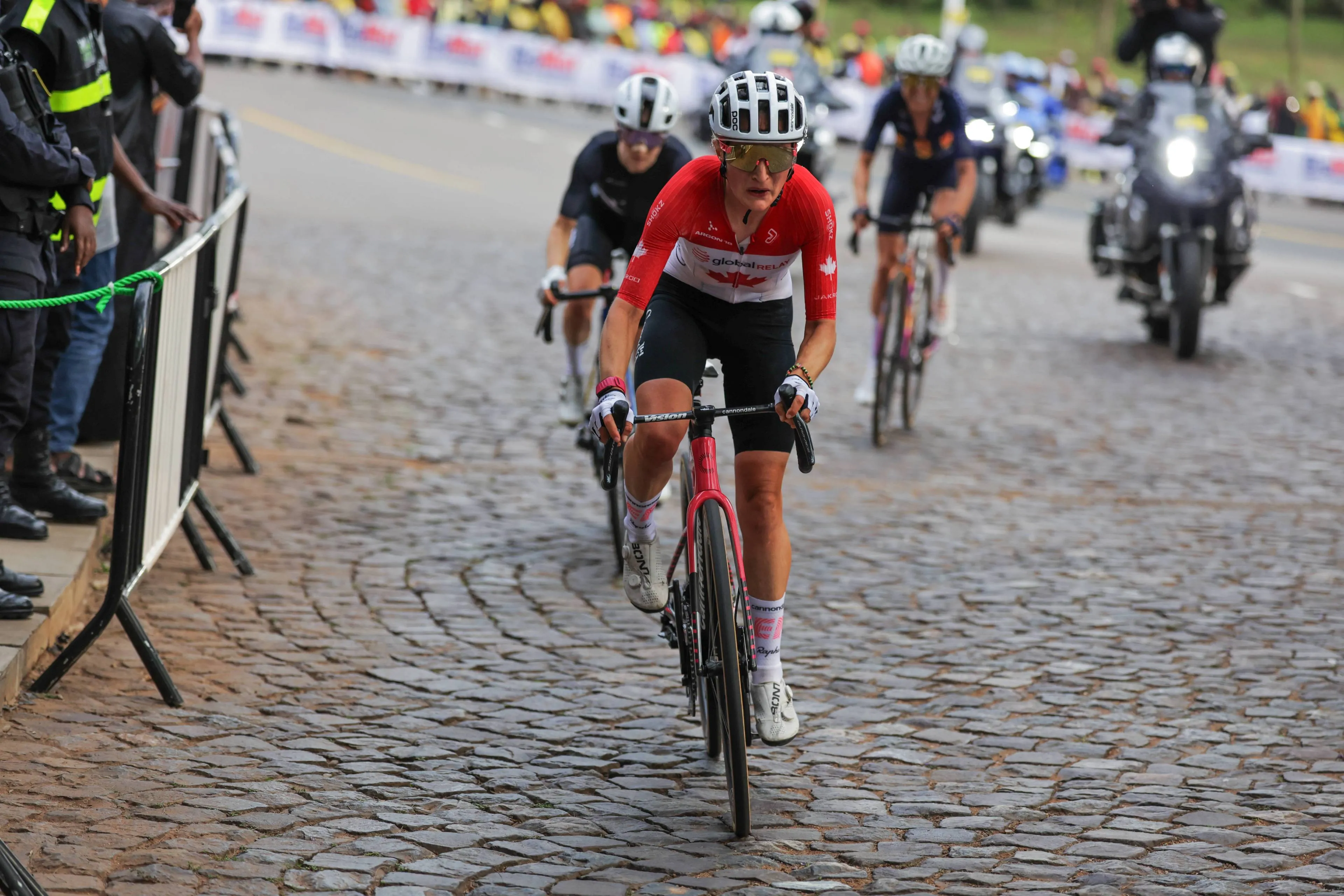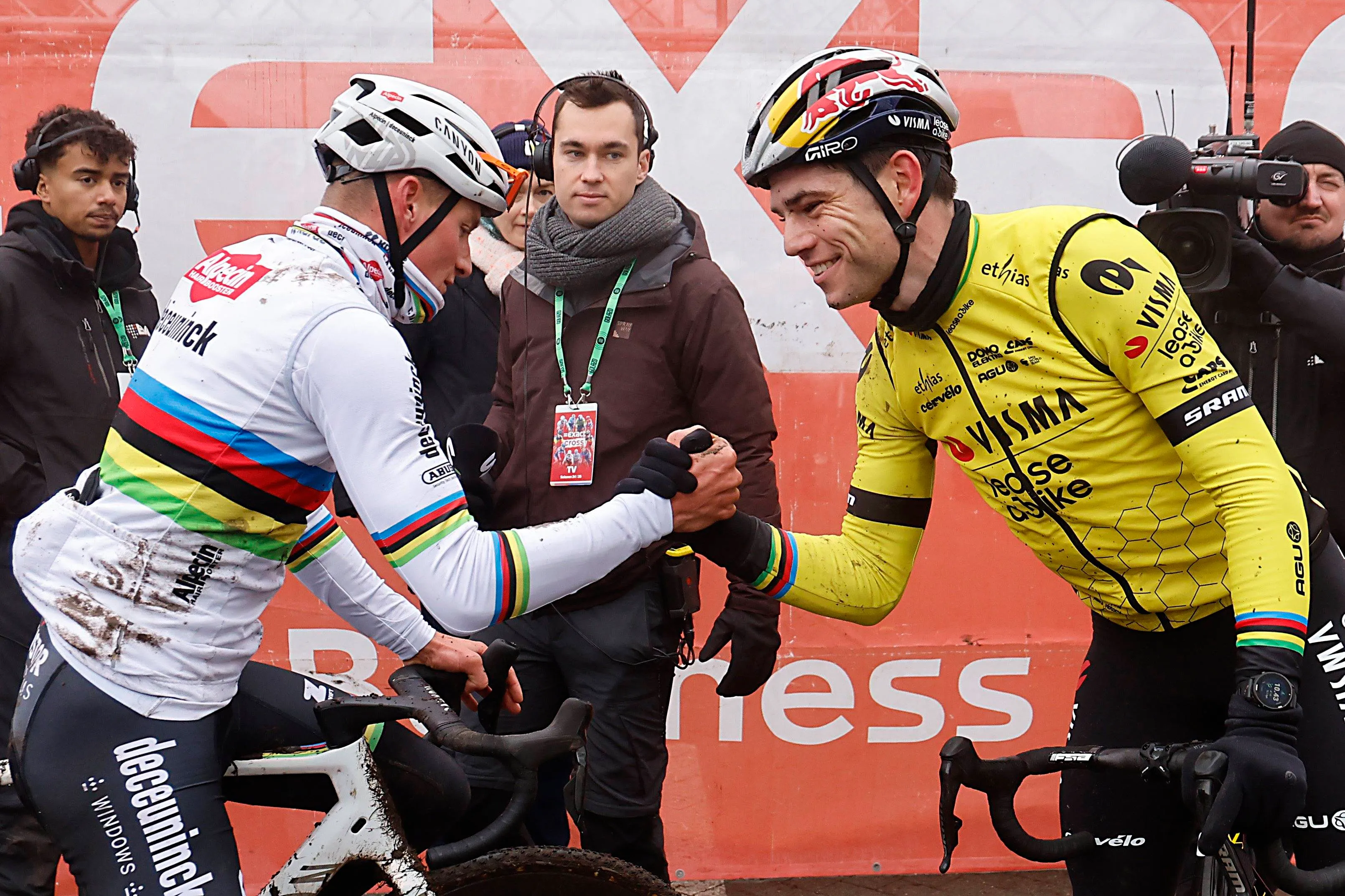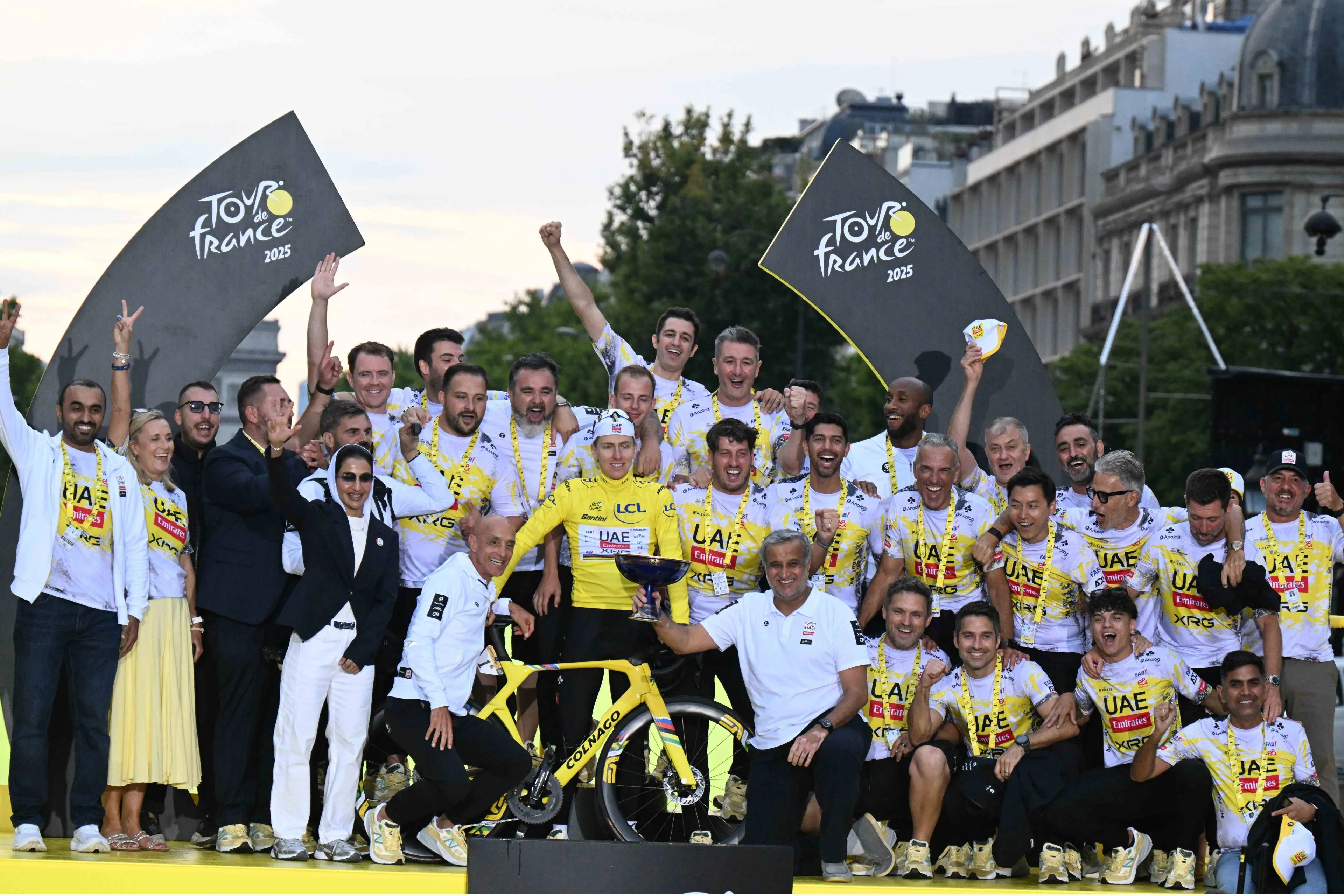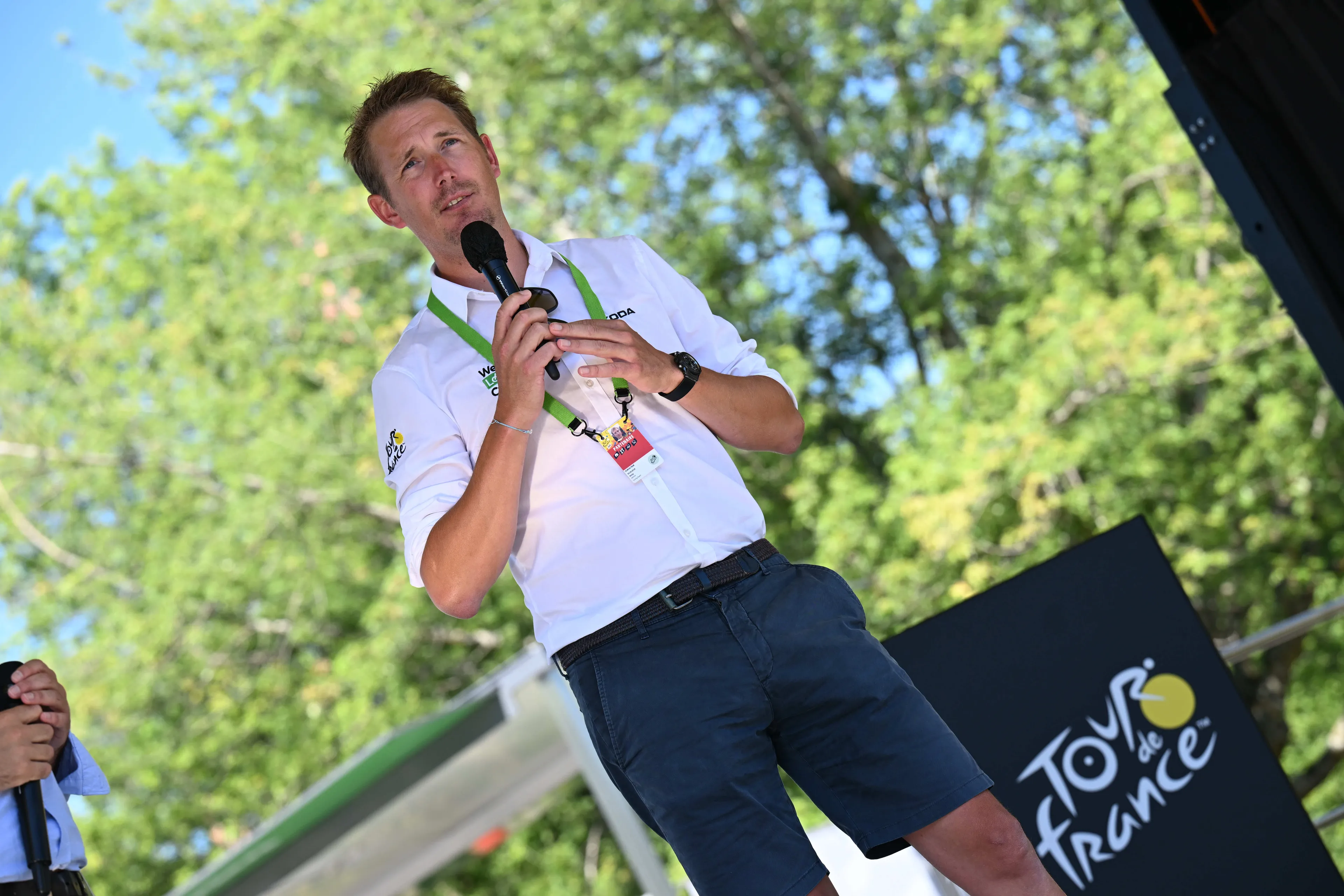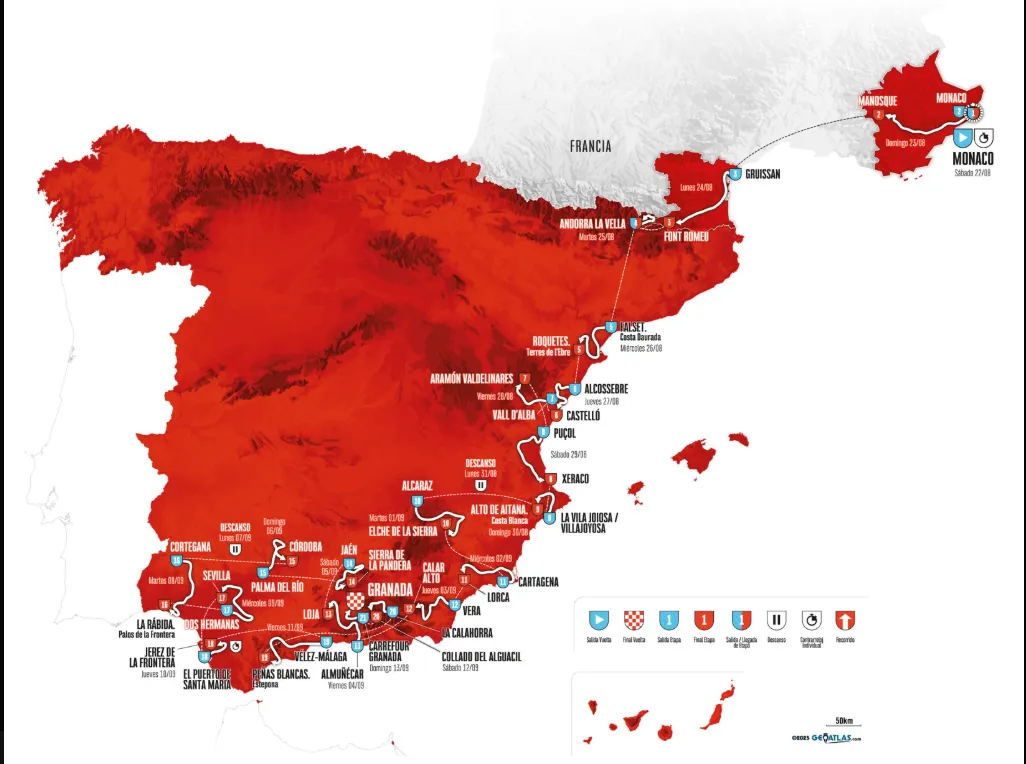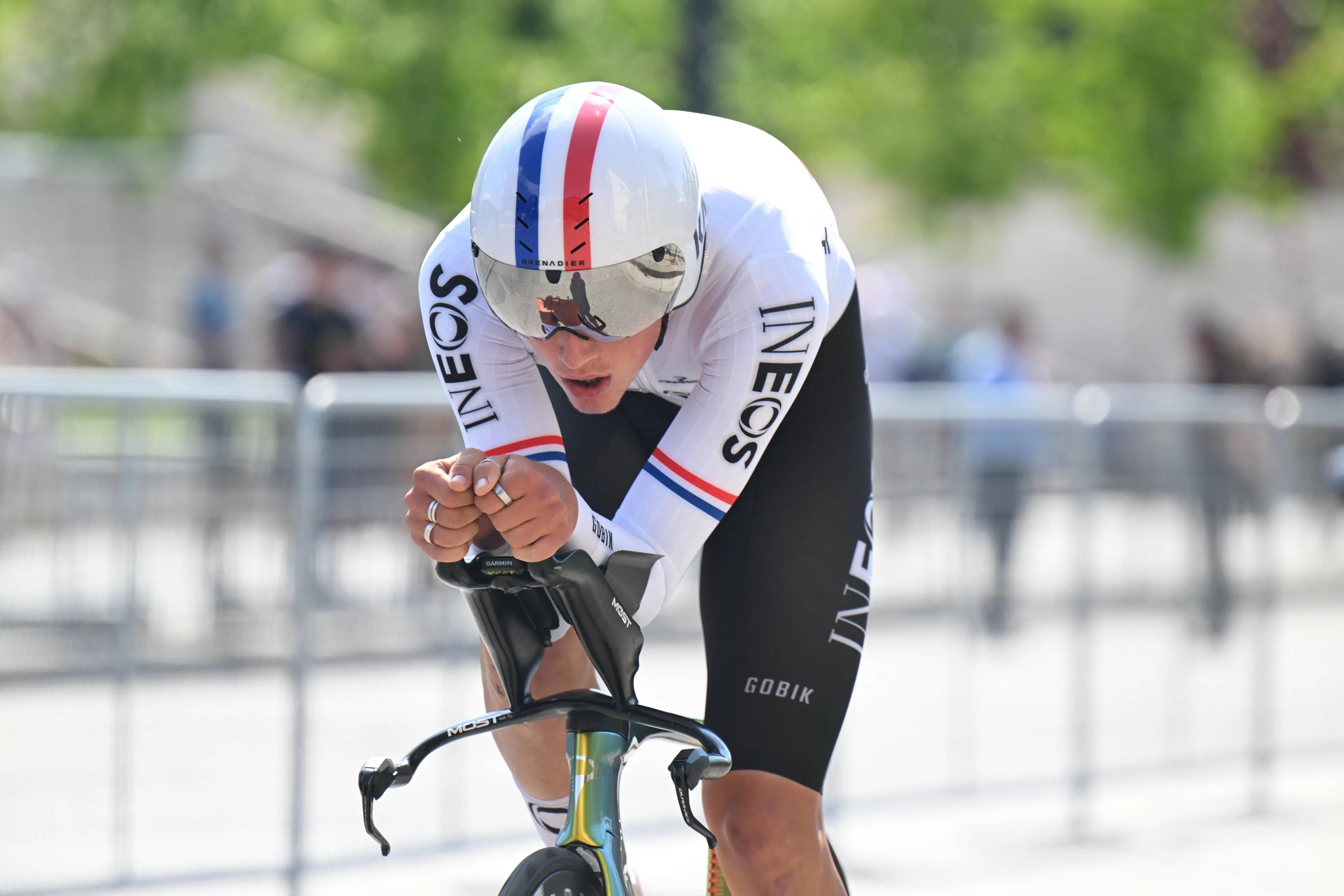ANALYSIS | Is Primoz Roglic’s 2025 season in crisis after Giro d’Italia disaster?
CyclingMonday, 26 May 2025 at 12:50
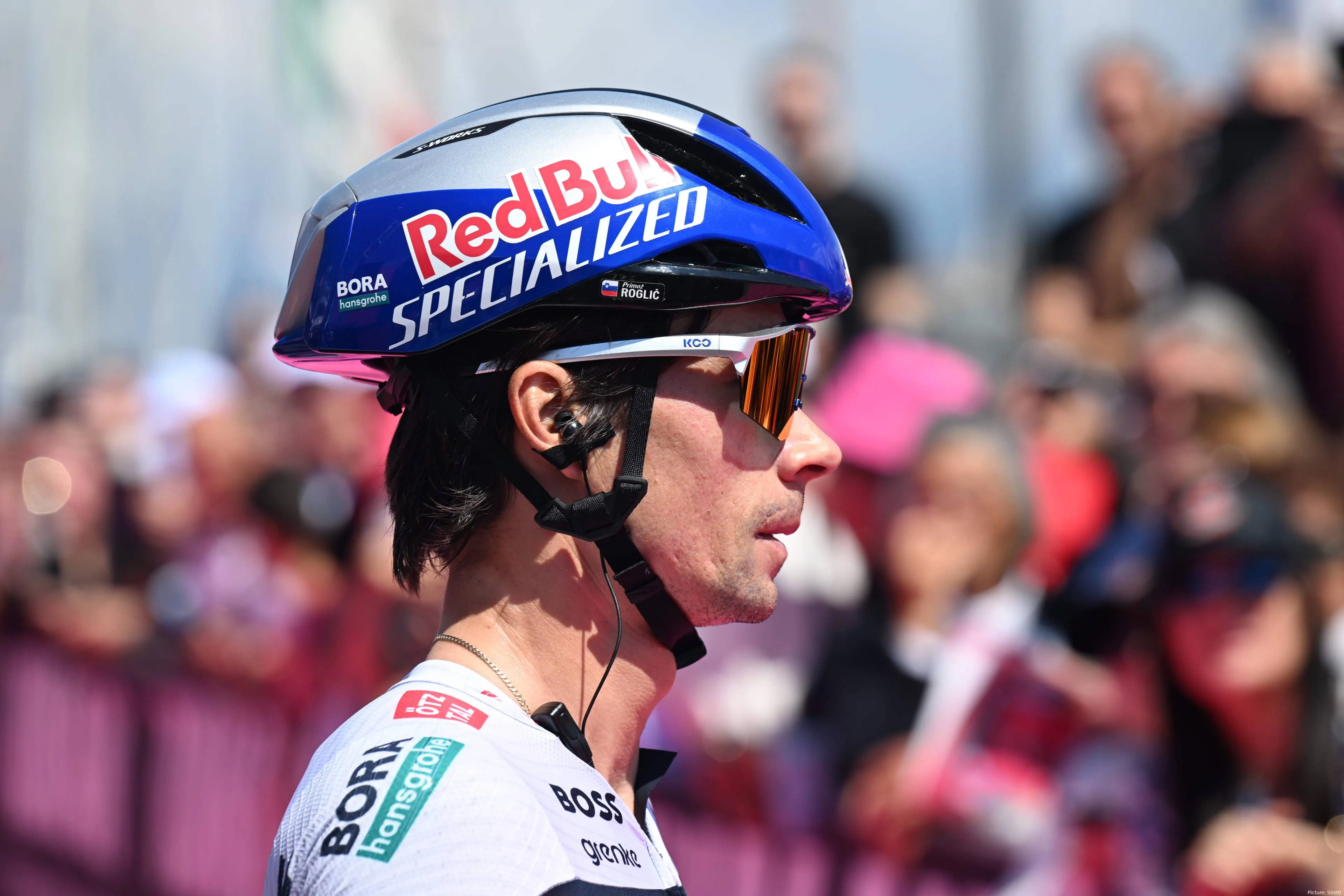
Stage 15 of the 2025 Giro d’Italia was nothing short of a
disaster for Primoz Roglic. Once seen as the firm pre race favourite for his
second Maglia Rosa, the Red Bull – BORA – hansgrohe leader was completely out
of sorts on Monte Grappa, the towering final climb of the day. It was a painful
watch for fans of the five-time Grand Tour champion, who could do little more
than watch the pink jersey group ride away from him while he clung on behind,
unable even to follow the pace of teammates trying to guide him to the summit.
Roglic eventually crossed the finish line 1:30 behind Isaac
del Toro, the current race leader and revelation of the 2025 Giro. That gap
tells a brutal truth. He didn’t just lose time, he was dismantled and completely
unravelled. He now finds himself 3:53 adrift of Del Toro in the general
classification, barely hanging onto a place in the top 10. It is the kind of
performance that prompts serious questions about a rider’s health, form, and
future in the race. Given Roglic’s recent string of crashes, multiple in just
the past week, it is no surprise that speculation is swirling about whether he
will even continue after the second rest day. Rumours of a Giro abandonment are
growing louder.
Read also
But is the situation truly as bleak as it seems?
Roglic is no stranger to adversity in Grand Tours. We all
know that Roglic, for all his brilliance, has experienced his fare share of bad
luck, crashes, and misfortunes in three week races. But this hasn’t always
ruined his seasons.
In fact, if there’s one recurring theme throughout the
Slovenian’s remarkable career, it is his uncanny ability to bounce back from
crashes, setbacks, and outright disaster. To truly understand whether a Giro
withdrawal is the right call, it’s essential to place Sunday’s disappointment
in the broader context of his career. History suggests that what may appear
like the end of a campaign is often just the beginning of another.
Read also
Take 2024, for example. Roglic made his Grand Tour debut for
BORA at that year’s Tour de France. It was a relatively strong start; he placed
third in the stage 7 individual time trial and sat in fourth overall heading
into stage 12. But disaster struck on a descent near the finish line, Roglic
crashed heavily and was diagnosed with a fractured vertebrae. He had to abandon
the Tour once again, ensuring his French curse followed him from Visma to BORA.
For many riders, a season ending injury like that would mean
a long recovery and a full reset. Not for Roglic, as just a month later he
lined up at the Vuelta a España.
There, too, the early signs weren’t great. On stage 6, Ben
O’Connor stormed into the race lead with a commanding win from the breakaway,
gaining nearly five minutes on Roglic. The race looked lost already.
Read also
But over the following weeks, Roglic did what he does best, he
chipped away at the deficit. Stage by stage, climb by climb, he reeled O’Connor
back in. Despite suffering a 20-second penalty on stage 15 for illegally
drafting behind his team car, Roglic took time on key mountain stages and
finally delivered a solo masterpiece on stage 19 to reclaim the red jersey atop
the Alto de Moncalvillo. He went on to win the Vuelta, his record equalling fourth
title at the race.
In 2022, a similar narrative unfolded, as Roglic went to the
Tour de France and quickly found himself in trouble again. On stage 5, he
crashed into a stray hay bale, dislocating his shoulder, a gruesome injury he
had to pop back into place himself. With his GC hopes dashed, he became a
domestique for Jonas Vingegaard before eventually withdrawing due to the
lingering effects of his crash.
Once again, he rebounded for the Vuelta, though that time
his fortune finally ran dry. A late crash with Fred Wright ended his campaign
and denied him another title, as Remco Evenepoel took the red jersey. Still,
the mere fact he was back in fighting form, targeting victory in the final
week, underscores his ability to bounce back.
Read also
Even further back, in 2021, Roglic’s Tour was wrecked almost
immediately after promising podium finishes in the opening weekend. A crash on
stage 3 cost him over a minute, and after losing more than half an hour in the
Alps, he pulled out on stage 9. The season, however, was far from a write-off.
In fact, he returned with arguably the best form of his career, claiming
Olympic time trial gold in Tokyo and then destroying the field at the Vuelta to
win by over four minutes, the largest margin since 1997.
All of this points to a crucial truth: Primoz Roglic knows
how to turn seemingly desperate situations around. While other riders may
spiral after major setbacks, Roglic reorients. His body may get knocked down,
but his mental toughness, race intelligence, and ability to rebuild are what
have made him one of the most successful Grand Tour riders of the modern era.
This context matters because, unlike in 2024 and 2021 when
the Vuelta was his comeback battleground, 2025 holds a different target: the
Tour de France. Roglic is slated to return to the Tour this July. That makes
his current dilemma at the Giro all the more delicate. Does he grind through
the remaining stages of a Giro where his GC hopes are all but extinguished? Or
does he step off the bike now, regroup, and ensure he’s fresh and healthy for
another crack at yellow?
Read also
There is logic in cutting his losses. The Giro is a
physically brutal race, especially in its final week. If Roglic is indeed
carrying the effects of multiple crashes (as his form suggests) then continuing
may only exacerbate the issue. The best case scenario in the Giro now is a
top-five finish at most, and that may not justify the wear and tear if the Tour
is the ultimate goal.
On the other hand, Roglic is a rider who thrives on momentum
and rhythm. Abandoning the race may carry mental consequences, too, especially
if his form in the Tour ends up lacking due to under-racing or too much
recovery time. He has often used the Vuelta as a chance to turn his season
around, but 2025 doesn’t present that same fallback. If the Tour goes poorly,
there is no Grand Tour salvation waiting in Spain this time, as that would be
his third grand tour of the year. That could raise the temptation to dig in and
try to salvage something here in Italy.
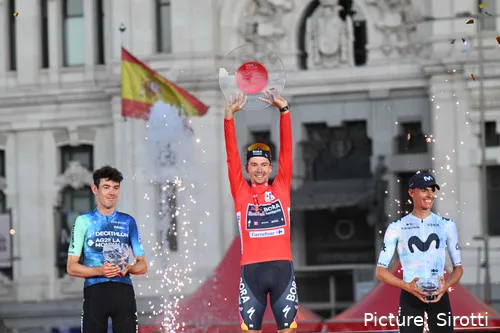
Roglic knows how to bounce back from despair
But above all, there’s a strategic difference in the timing.
A DNF now would give Roglic over a month to recover, rebuild, and recalibrate.
That’s ample time, especially for a rider who has shown the ability to bounce
back from serious injuries in even shorter windows. If there is an injury (whether
muscle or bone) that is compromising his power output, it is better to manage
it now than risk aggravating it further.
Given all we know about Roglic’s past recoveries, the smart
money may be on caution. Letting go of the Giro now could set him up for a
renewed tilt at Tour glory, something he has never achieved, despite coming
agonisingly close in 2020.
So no, it’s not all bad news. Roglic's Giro GC challenge is
in tatters, yes, but his season is not. If anything, history suggests this is
just the first act. We’ve seen this story before, plenty of times. And every
time, Primoz Roglic has found a way to rewrite the ending.
Don’t count him out yet.
Read also
claps 4visitors 4
Just in
Popular news
Latest comments
- I dont know about winning but he has certainly shown that he can lose one.abstractengineer19-12-2025
- Unfair points system!!!. Its the same system under which Virenque won 7 polka dots. But then he cheats so how can he call it unfair.abstractengineer19-12-2025
- Yes being favorites, being 3 to 1 and not winning is worst, 2nd time in history, both times Belgiansabstractengineer19-12-2025
- Uijtdebroeks is just a malcontent. he has never won anything. he will do nothing with Movistar. I would let Remco go for 7 million too. he's great, but not worth it. pay 10 million for Ayuso? also nuts.mij19-12-2025
- interesting Mads got 2nd at Flanders, and he isn't even mentioned by Wout LOL. makes me laugh how he is so overlooked.mij19-12-2025
- I think a 3 v 1 finish with the 1 being a good rider, but not great, is close to humiliation.mij19-12-2025
- These whiners simply want to keep their hold in the highest echelons of the sport without having to perform well enough to please their sponsors and remain there. Cycling has been "unsustainable" ...for 130 years! If Vaughters wants to leave the sport, there will be hundreds of teams happy to ride the Tour and the biggest races in the world in his place. That's what happens when there's a ton of supply of teams and a limited amount of demand for teams at the highest level! -An Economistacem8219-12-2025
- If she was Dutch or Belgian she'd have already sorted a team out. Unfortunately, the CX teams are pretty insular to 'foreigners' and would rather give a spot to a local rider. And that is one reason why the sport is niche outside its heartland.wipperman9519-12-2025
- Dear Editor: It is no humiliation to make the final, even with two riders, and not get it perfect against another talented rider. Disappointment, sure.itsent18-12-2025
- I luv this guy ,so honest puts the hand up ..."my fault.".. I would be stoked to see him win his big monuments ... i think he would be a great team mate and friend.Davide18-12-2025
Loading
Write a comment
